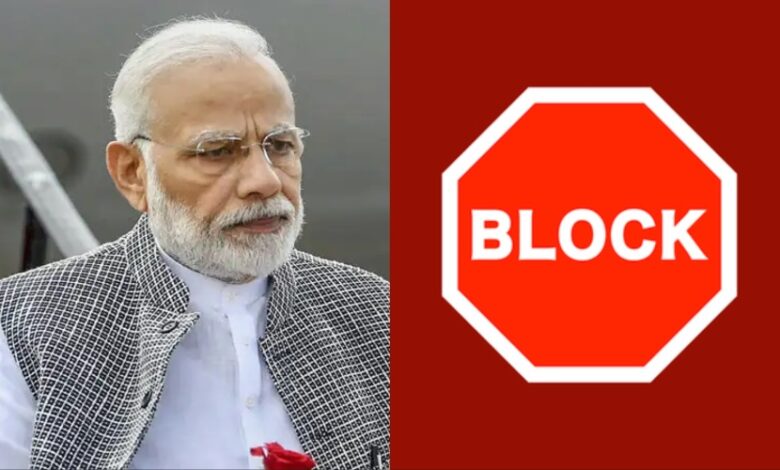India blocks significant Pakistani YouTube channels, infringing upon journalistic freedom.

India has lately prohibited 16 Pakistani YouTube channels, encompassing prominent news organizations and notable content providers, alleging that they disseminate incendiary information and misleading narratives.
Included among the targets is the illustrious former cricketer Shoaib Akhtar, whose personal channel has almost 3.5 million members. Other notable sites such as Dawn News, Samaa TV, ARY News, Geo News, Bol News, and Raftar have also been obstructed, impacting about 63 million users throughout India.
The measure, following the devastating Pahalgam terror attack in Indian Illegally Occupied Jammu and Kashmir (IIOJK) on April 22, which resulted in 26 fatalities, has elicited significant apprehensions over censorship, press freedom, and the unobstructed dissemination of information.
Indian authorities assert that these channels disseminated “provocative, communally sensitive” content intended to incite communal discord.
The Indian Ministry of Home Affairs asserted that these YouTube channels were disseminating “false narratives” against India, its military, and security agencies.
Many critics, however, have characterized India’s activities as a conspicuous effort to stifle the Pakistani viewpoint on significant matters. Media stations in Pakistan and independent journalists, such as Irshad Bhatti, Asma Shirazi, Umar Cheema, and Muneeb Farooq, whose channels have also faced bans, have expressed concerns regarding India’s increasing propensity to suppress alternative viewpoints. They contend that these restrictions signify India’s growing intolerance towards other perspectives, particularly those that challenge its narrative on Kashmir and its overarching regional policies.
The obstructed channels have emerged as a crucial source of information for numerous people, offering an alternative perspective to India’s state-controlled media. The abrupt banning of these sites has incited indignation among Pakistanis, who perceive it as a calculated effort to suppress their voices and limit access to critical news and discussion on issues related to national security, particularly in the aftermath of the Pahalgam incident.
The Indian government’s enforcement occurs during heightened tensions between the two nuclear-capable neighbors, especially on the persistent Kashmir conflict. Pakistan has consistently denounced India’s actions in Kashmir, alleging human rights breaches and atrocities in the contested area. The Pahalgam incident, which aimed at innocent visitors, intensified the discourse surrounding the escalation of extremism in Indian-administered Kashmir.
India’s rationale for prohibiting these channels—disseminating false narratives and instigating violence—has faced significant criticism from numerous commentators, who contend that it pertains more to controlling the information narrative than to addressing genuine security issues. The Indian government’s reaction to the BBC’s reporting on the Pahalgam attack, insisting that the international news organization avoid the term “militants” for the assailants, underscores its confrontational approach towards global media that diverges from its narrative.
Pakistan has consistently advocated for global awareness on media freedom, especially in light of increasing censorship in India. In an age where digital platforms serve as crucial channels for news and many viewpoints, such stringent censorship not only erodes freedom of expression but also obstructs worldwide audiences from engaging with alternative ideas.